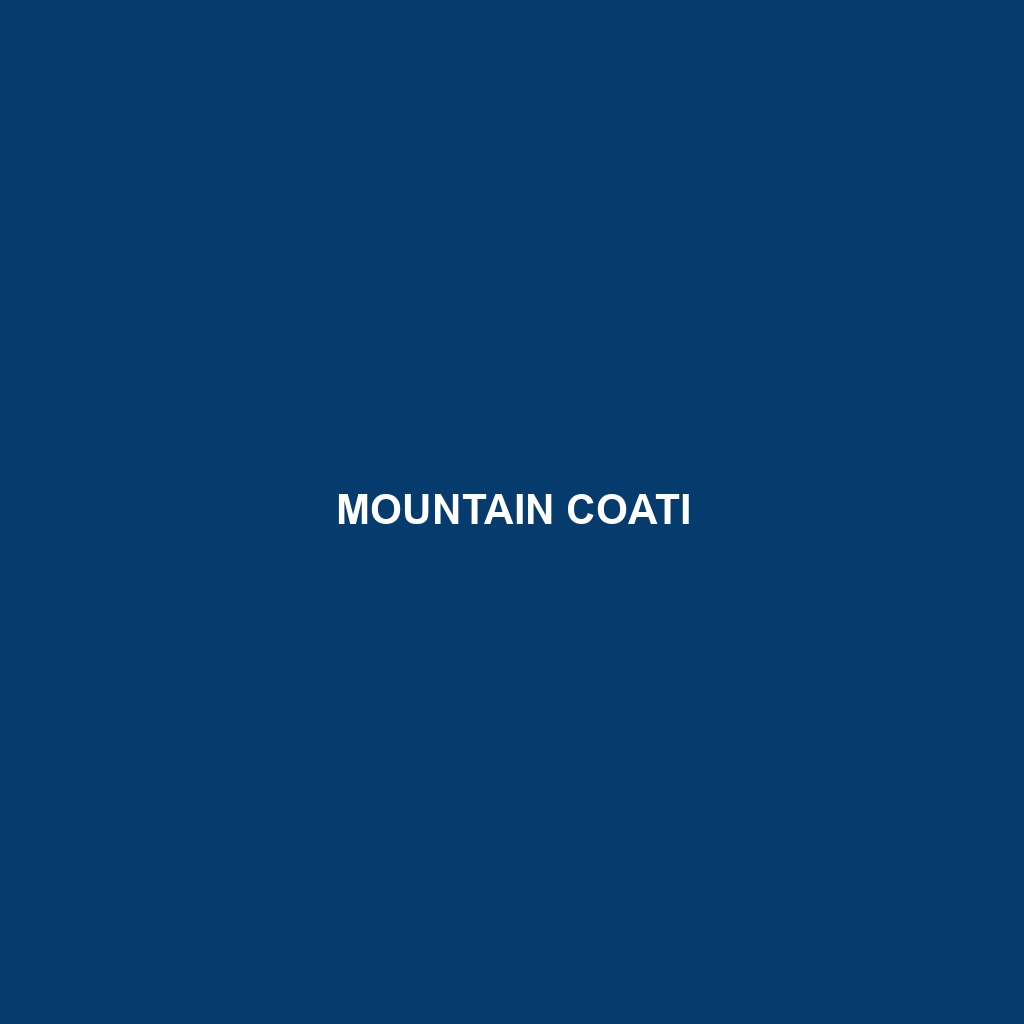South American Coati: An Overview
Common Name: South American Coati
Scientific Name: Nasuella ponnat
Habitat
The South American Coati is primarily found in various forested habitats throughout South America. They thrive in tropical and subtropical regions, particularly in countries such as Brazil, Argentina, Paraguay, and parts of Bolivia. Coatis favor dense rainforests, deciduous forests, and mountainous areas, where they can find shelter and adequate food sources.
Physical Characteristics
The South American Coati measures approximately 60 to 70 cm in length, and their distinctive tails can reach up to 64 cm. They exhibit a mixed coat of brown and gray fur, with a lighter underbelly. Notable for their elongated snout and sharp claws, coatis possess a keen sense of smell, aiding in foraging. Their relatively large, expressive eyes and long, ringed tails add to their charming appearance, making them easily recognizable in the wild.
Behavior
South American Coatis are diurnal and are known for their social behavior, often forming groups called ‘bands,’ which typically consist of females and their young. Males are generally solitary, especially outside the breeding season. These animals exhibit curiosity and playfulness, frequently climbing trees and digging in search of food. They communicate through various vocalizations, including playful chattering and hissing during confrontations.
Diet
Coatis are omnivorous, primarily feeding on insects, fruits, and small vertebrates. Their diet consists of beetles, larvae, and various berries, making them important seed dispersers in their ecosystem. They use their sharp claws to dig for food and often forage in groups, showcasing their social feeding habits as they search for nourishment.
Reproduction
Breeding season for South American Coatis occurs typically in late summer to early autumn. Females give birth to a litter of 2 to 7 young after a gestation period of approximately 77 days. Offspring remain with their mother for about a year, receiving guidance on foraging and social behavior. Interestingly, mothers will often leave their young with other females in the group while they forage.
Conservation Status
The South American Coati is currently listed as Least Concern by the International Union for Conservation of Nature (IUCN). However, habitat loss and hunting pose significant threats to their populations. Continued conservation efforts are essential to mitigate these risks and ensure their survival in the wild.
Interesting Facts
One fascinating aspect of the South American Coati is their ability to walk on their hands while climbing, allowing them to navigate branches and foliage effortlessly. Additionally, they have remarkable memory skills, which aid in recognizing food sources and navigating their territories.
Role in Ecosystem
South American Coatis play a crucial role in their ecosystems by acting as both predators and prey. As foragers, they help control insect populations and contribute to seed dispersal through their varied diet. Their interactions with other species, including predators and competition for food, illustrate their importance in maintaining ecological balance.
